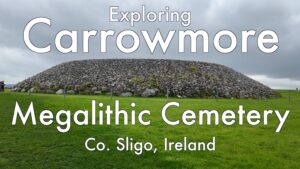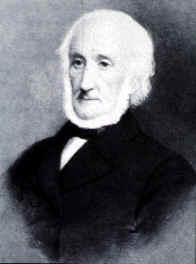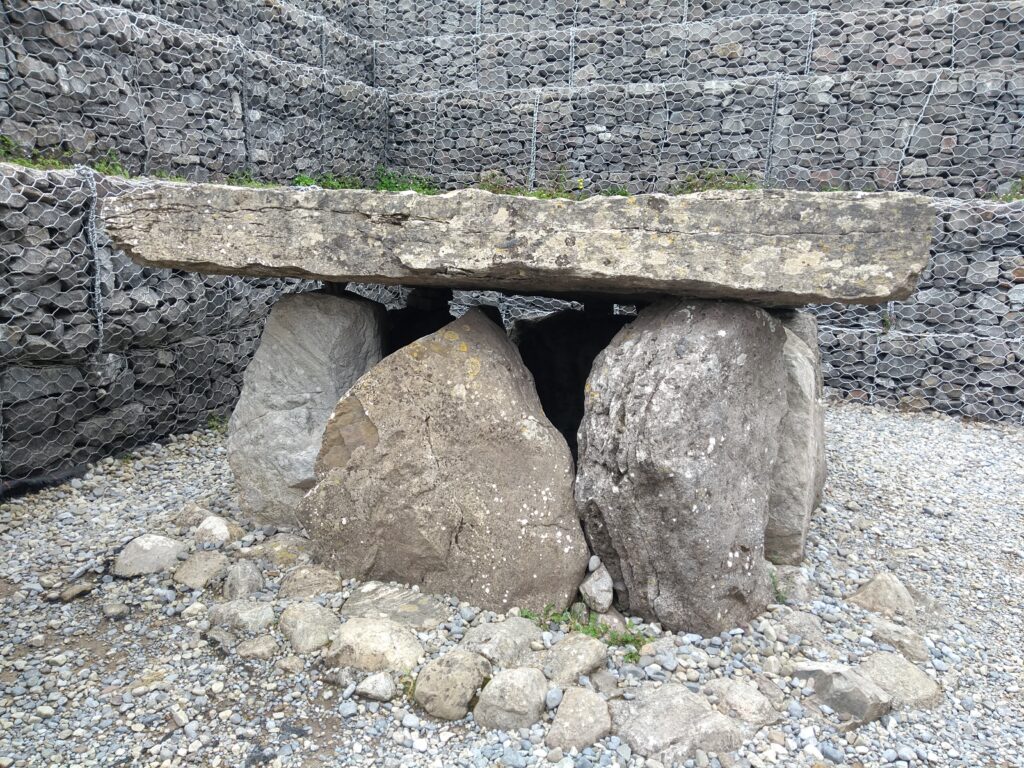St. Brigid is the bridge between paganism and Christianity in Ireland.
St. Bridgid is one of the three Irish national saints – the others are Patrick and Columba. She is considered the patroness saint, or mother saint, of Ireland. https://www.libraryireland.com/Wonders/St-Brigit-1.php/
Feb. 2023 marks the first year that St. Brigid’s Day will be a national holiday in Ireland, the first named for a woman. https://www.newsendip.com/saint-brigid-day-ireland-first-public-holiday-created-after-a-woman/
The result of a successful three-year campaign to establish St. Brigid’s Day, Ireland’s newest national holiday will be observed in 2023 on Monday, 6 February.
The initiative to make St. Brigid’s Day an Irish national holiday was spearheaded by HerStory https://www.herstory.ie/home, an organization founded in 2016 that tells women’s stories through education and arts programs.
Also known as Saint Brigid of Kildare or Brigid of Ireland, she is purported to have been born and raised circa 451 AD in Faughart just north of Dundalk in County Louth. She is said to have died in Kildare on 525 AD.
St. Brigid is the patron saint of Ireland, poetry, learning, healing, protection, blacksmithing, livestock and dairy production. A very busy saint, Brigid is also patron saint of babies, boatmen, children whose parents are not married, children whose mothers are mistreated by the children’s fathers, Clan Douglas, fugitives, Leinster, mariners, midwives, nuns, the poor, poultry farmers, printing presses, sailors, scholars, travelers, and watermen.
However, there are few historic facts about Brigid. There is on-going debate among both secular and Christian scholars over whether she was a real person.
St. Brigid shares her name with a Celtic goddess.
Some scholars suggest that St. Brigid is a Christian version of the pagan goddess. Others argue that she was a real person whose story was given the goddess’s attributes.
Christian monks “took the ancient figure of the mother goddess and grafted her name and functions onto her Christian counterpart,” art historian Pamela Berge asserts.
St. Brigid was an abbess who founded several convents, most notably in Kildare, which were Ireland’s most important, according to medieval Irish hagiographies.
“By the end of the seventh century, at least two Latin biographies had been written describing her as a nobleman’s daughter who chose to consecrate her virginity to God, took the veil as a Christian nun, and became the leader of a community of religious women — or perhaps of both women and men,” Phylilis G. Jestice wrote in ‘Holy People of the World: A Cross-Cultural Encyclopedia’. “Certainly, by the seventh century, there was an important double monastery at Kildare that regarded her as its founder.”
Votive Offerings and The Rag Tree
Pilgrims often leave votive offerings at St. Bridgid’s Holy Well. Growing next to the well is a rag tree. A common offering at holy wells is a rag or piece of cloth that is attached to the ‘rag tree’, which is often also considered holy. Offerings include pins, medals, rosary beads, holy pictures, statues and so forth. The offering represents the sickness the pilgrim wants cured.
St. Brigid’s feast day is 1 February, which was originally a pre-Christian festival called Imbolc, marking midwinter day, the beginning of spring. Brigid was a fire goddess in ancient Irish mythology. Today St. Brigid is celebrated with a perpetual flame at her shrine in Kildare.
St. Brigid’s Day/Imbolc traditions and customs https://www.irishcentral.com/roots/st-brigids-day-traditions
A folk tradition celebrated on St. Brigid’s Day or Imbolc is Brigid’s Bed. Girls and young unmarried women make a corn doll representing Brigid that is called the Brideog and they make a bed for the Brideog.
the girls and young women gather in one house and stay up all night with the Brideog. The next day they visited by the young men of the community who must ask permission to enter, and must then treat them and the doll with respect.
Brigid is said to walk the earth on Imbolc eve. On St. Brigid Day’s eve people may leave clothing or strips of cloth outside for Brigid to bless when she passes by in the night.
A Brigid of Faughart Festival http://www.brigidoffaughart.ie/ takes places in 2023 from 29 January to 6 February at the An Táin Arts Centre Crowe Street, Dundalk, Co. Louth, St. Brigid’s Shrine and several other locations in co. Louth.
Click here for more information: http://www.brigidoffaughart.ie/festivals/
Buy Me A Coffee: https://www.buymeacoffee.com/rdscallyN





